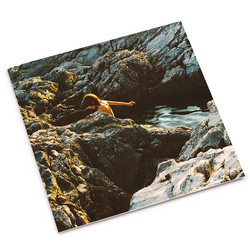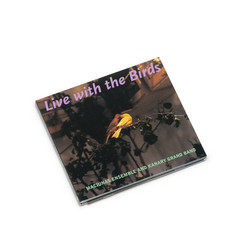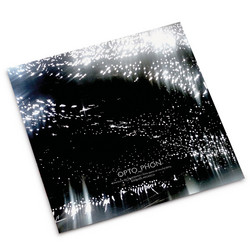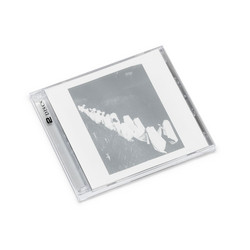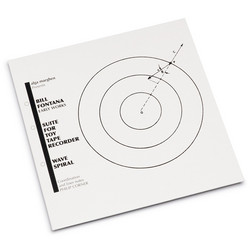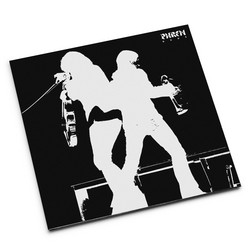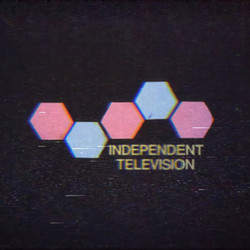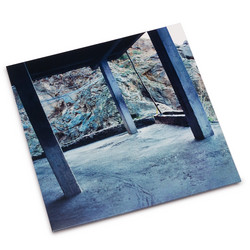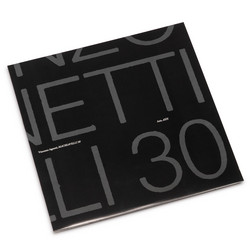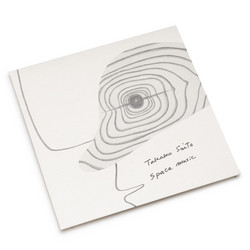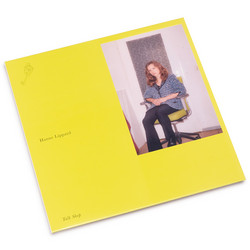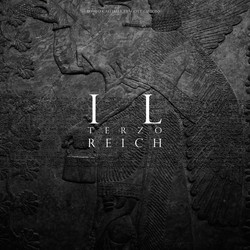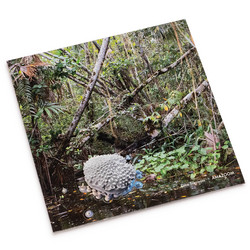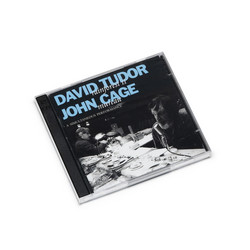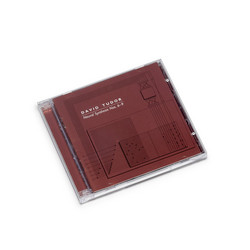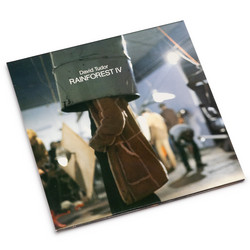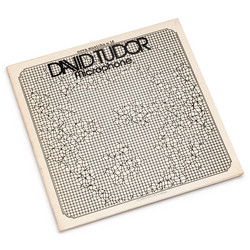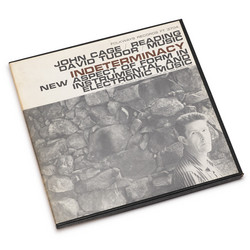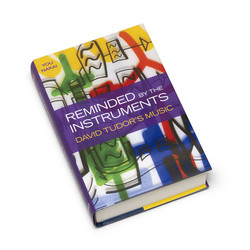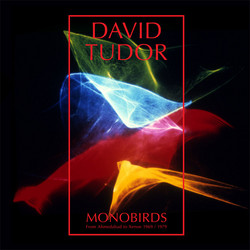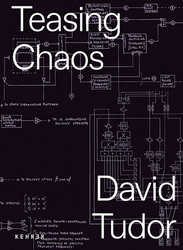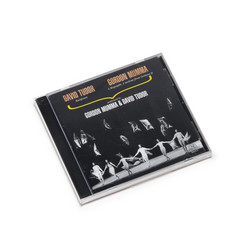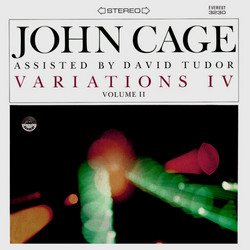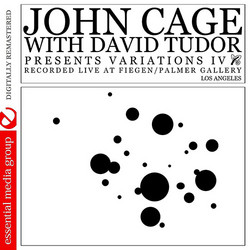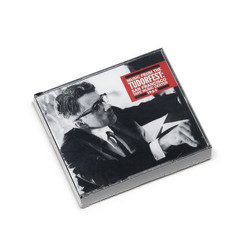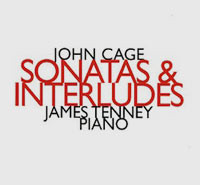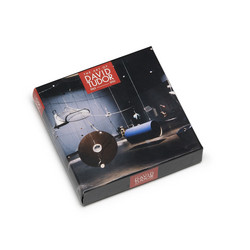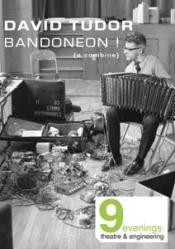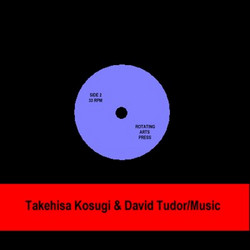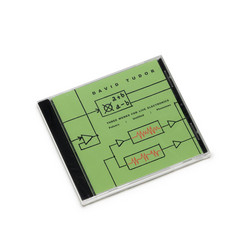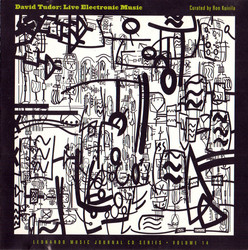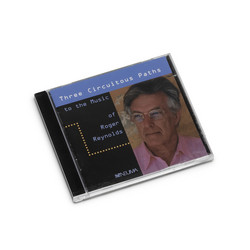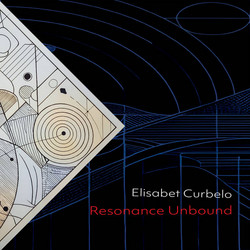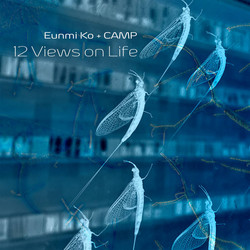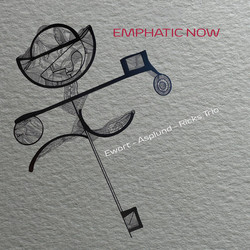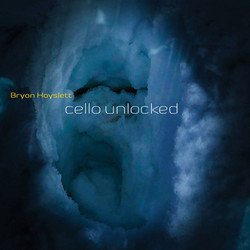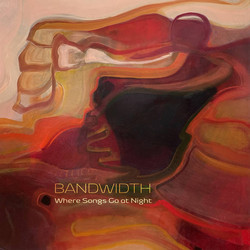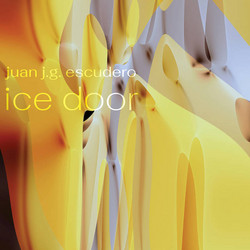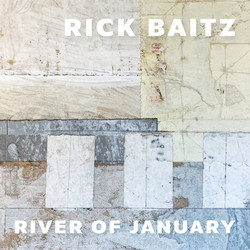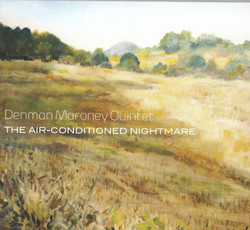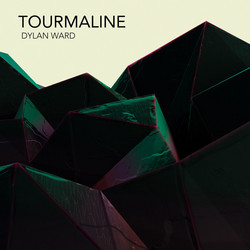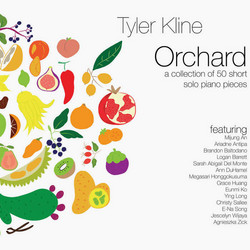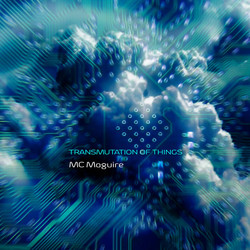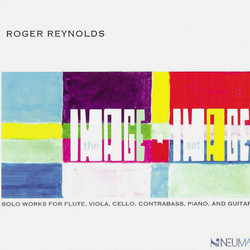David Tudor
Rainforest IV
** Six panel wallet with one CD. Binaural audio best heard with headphones ** Few artists within the canons of 20th Century avant-garde and experimental music can be regarded as important or influential as the pianist and composer David Tudor. His name rings out across the years. Yet, despite Tudor’s place in history, his legacy largely remains under the shadow of the artists that he worked with, most notably John Cage, while the majority of his own output as a composer - a handful of releases produced for small labels like Cramps, Edition Block, and Lovely Music - representing the central axis of his activities for the last three decades of his life, continue to be difficult to access and overlooked.
David Tudor's own compositions almost entirely rest in the electronic realm, deploying modular devices - largely designed and built by himself - which were allowed to define both composition and performance. Among the most important and famous of Tudor efforts as a composer is Rainforest, a multimedia work that began to emerge in variations during the late '60s and early '70s.
In 1973 Tudor presented his Rainforest score to a group of young artists and composers at the New Music in New Hampshire festival in Chocorua, NH. Working in a large barn, the participants experimented with larger objects, which were suspended in order to resonate freely. here, in a barn in bucolic Chocorua, a group of eager young musicians, composers, circuit benders, and maverick solderers learned Rainforest. Rather than signifying an end — letting go of his five-year touring performances of creating music by amplifying tiny tabletop objects for the Merce Cunningham Dance Company to dance to — Tudor ended up germinating his own family of collaborators that grew into Composers Inside Electronics (CIE).
On one evening in 1977 at the former military bowling alley turned Center for Music Experimentin San Diego – where Rainforest IV (the fourth incarnation of the concept) had been set up at the invitation of composer Pauline Oliveros – two intrepid young musicians, David Dunn and Warren Burt passed through the space wearing binaural microphones attached to their heads. The result is this mind-warping recording released here for the first time; not a definitive documentation of the work but as close an experience as you might get with headphones. This binaural recording was made on February 2. During their residency the group also went on field recording expeditions to the Anza Borrego Desert and whale watching.
Rainforest must be one of the few totally sui generis works of art ever created — truly one of a kind: a collection of whimsical everyday and crafted objects, suspended in space, set into audible vibration by small electro-magnetic transducers. Each object responds to the input signals in uniquely non-linear, unpredictable ways — a roomful of transmuted sculptural loudspeakers. They are activated by the players behind electronics-laden tables, and made to seem like an ecosystem of chattering and squawking critters talking an alien language between themselves. Together they represent a ‘performed installation’ that invites human visitors to explore the space using their ears. This is a magical forest of sight and sound, using deceptively ingenious technology.
Rainforest is the story of that idea, an ever-evolving concept that – over hundreds of performances across dozens of years – germinated from a tiny seed to fill giant spaces around the world.
In David Tudor's words: "Instruments, sculpturally constructed from resonant physical materials, are suspended in free space; each instrument is set into sonic vibration through the use of electromagnetic transducers . . . The sound materials used to program the instruments are collected from natural scientific sources and are specific to each instrument, exciting their unique resonant characteristics. The excited resonances are routed to a conventional audio system by the use of one or more pick-ups attached to each instrument."
